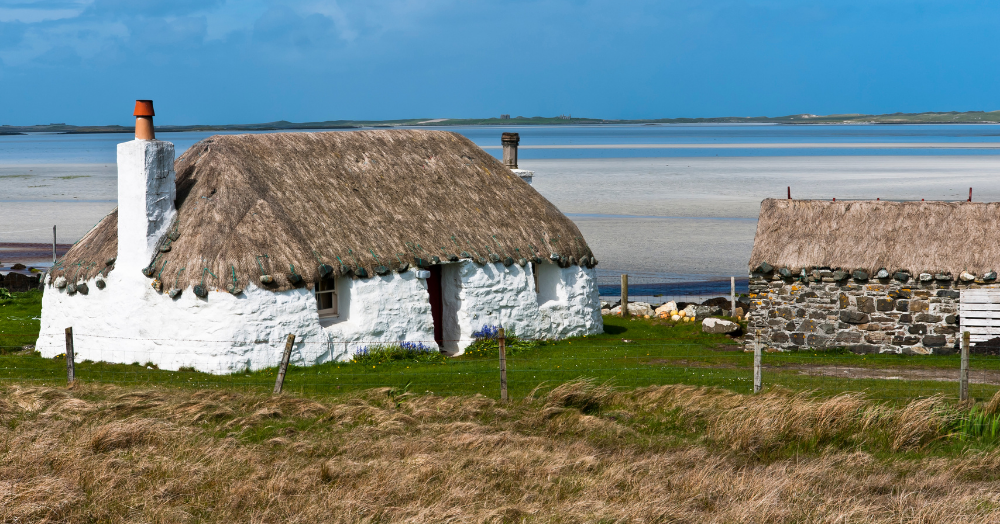Often the quaintest of places have a certain style.
Architecture that you will only find in those places creates a specific charm.
It's this charm that keeps us coming back.
Often the quaintest of places have a certain style.
Architecture that you will only find in those places creates a specific charm.
It's this charm that keeps us coming back.
The colourful townhouses along the canals of Amsterdam.
The magical cone-roofed Trullis of Puglia in Italy.
The ocean bungalows on stilts above the Indian Ocean in the Maldives, with their own decking and jetty to swim straight in the sea.
These properties are found almost nowhere else in the world.
And we have a wide variety of property styles across the regions of the UK.
Think of the beautiful Georgian Architecture of quaint English market towns.
Or the thatched roofs of the southern counties.
Properties built in more rural locations display quirks and eccentricities most suited to that area. This is usually because of the weather and the most readily available materials for building at the time of construction.
Most popular in the South, thatched-roof cottages look lovely and are now a feature of the area. Of course, they hardly build new properties with this roof style, so these properties are becoming a rarity. The job role 'Master thatcher' has almost disappeared, with only a tiny handful of apprentices training each year. There is only one college in the country that trains people in the art of thatching.
But there is no way you could have a thatched roof on a property on the North coast of Scotland. Well, you could, but it wouldn't last very long before it was blown into a Loch or the North Sea!
Instead, you would find the blackhouses in the more rural parts of Scotland. Single-storey homes with low, weighted roofs to stop them from blowing away in the heavy winds. They were generally built with double dry-stone walls insulated with earth or peat. The roofs were constructed with wooden rafters and thatched with turf and reeds. Initially, these properties were intended to accommodate livestock and people, with a partition to separate the two areas.
The floor was generally flagstones or packed earth, and there was a central hearth for the fire but no chimney for the smoke to escape through. Instead, the smoke made its way through the roof, leading to the soot blackening of the interior, which may gave them the name blackhouse.
Big townhouses are usually found in busy towns. They maximise the number of rooms for the amount of ground space the property takes up. Becoming very popular during the Georgian period and is now synonymous with English cities.
Large manor houses are usually found in more rural locations where the outside space is as important as the property itself. When these large properties were built, there would have been a need for stables for the horses as they were the only form of transportation. As well as accommodation for the staff that a property like this would undoubtedly have needed.
Horses were used as taxis in towns and cities, so stables and accommodation for the footmen were not required.
In Wales and the west coast of England, you will find stacked slate properties. Using the slate readily available in the slate mines in this region made far more sense than transporting tons of stone or bricks, so this style was adopted. It can almost exclusively be found in the west of the country.
If you have ever visited York, you will undoubtedly have been to The Shambles. Quirky streets of higgledy-piggledy Tudor properties that defy gravity and all logic. The timber-framed buildings overhang, and it can feel like they will fall on your head as you walk through the streets! The floors are far from level, and none of the walls or windows is even. In some cases, you can venture into the first and second floors of these buildings, where it can feel as if you are on a fairground ride.
It is said that these narrow cobbled streets were the original inspiration for Diagon Alley in the famous Harry Potter stories.
Of course, there are many Tudor properties throughout the UK, but none are in quite the same close proximity as The Shambles in York.
Do you live in a property that is specific to your area?
We'd love to hear about it - get in touch and let us know!
